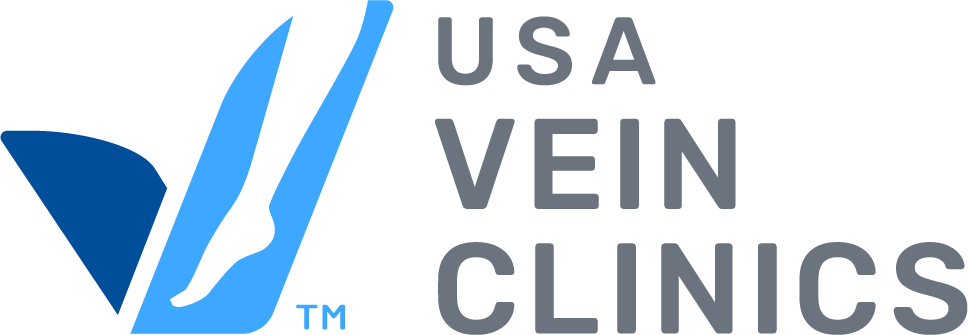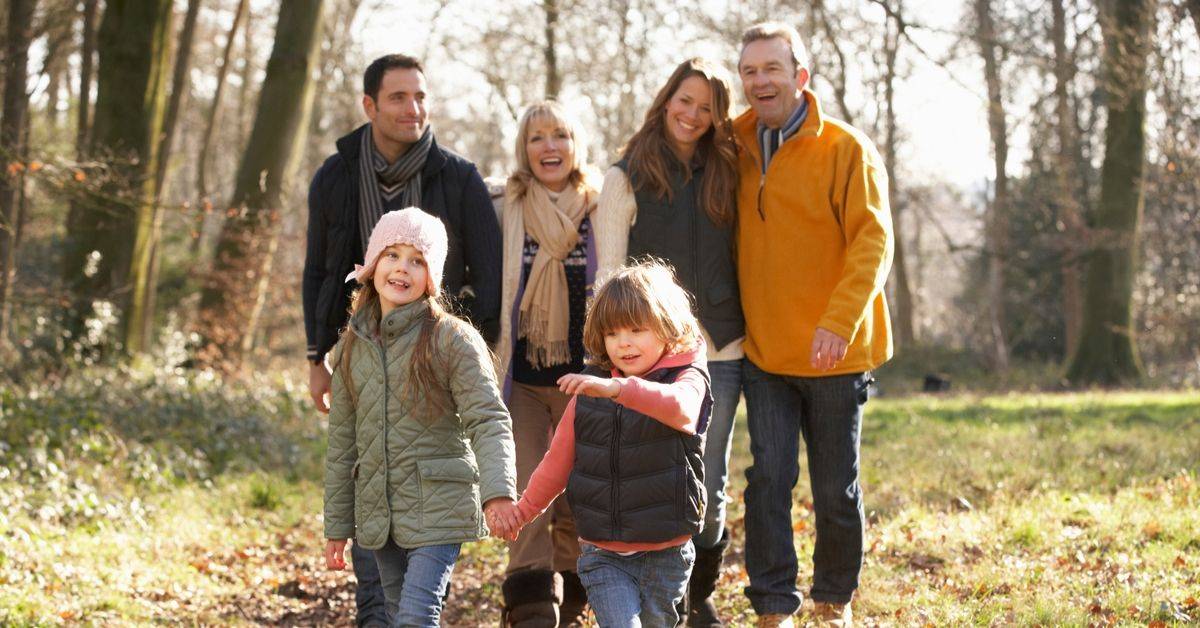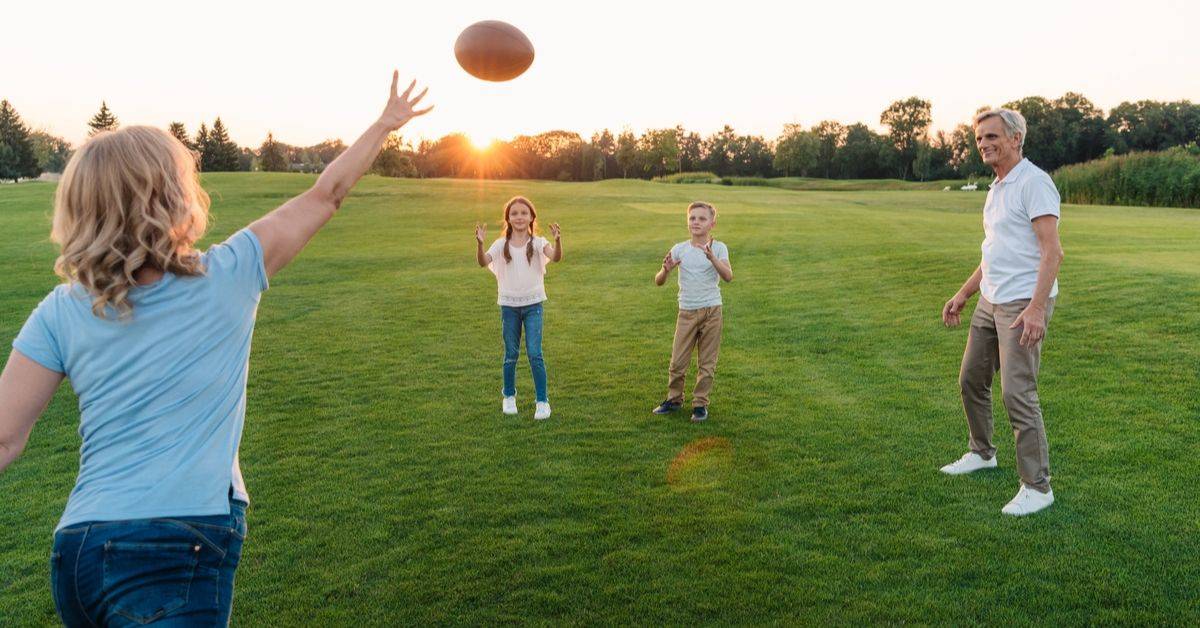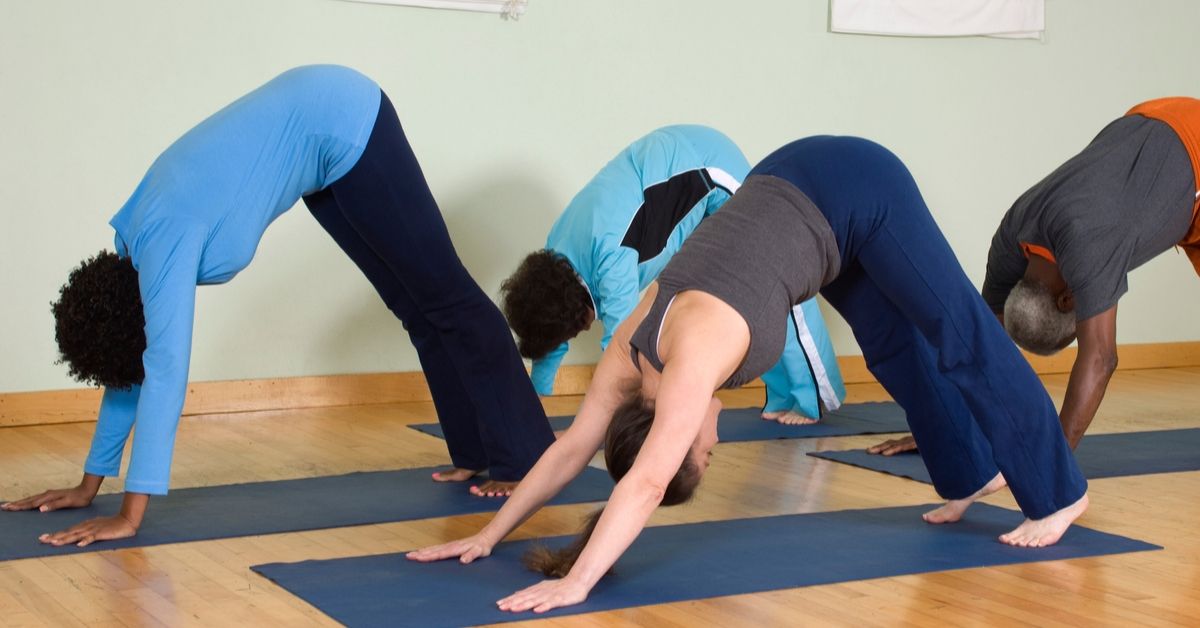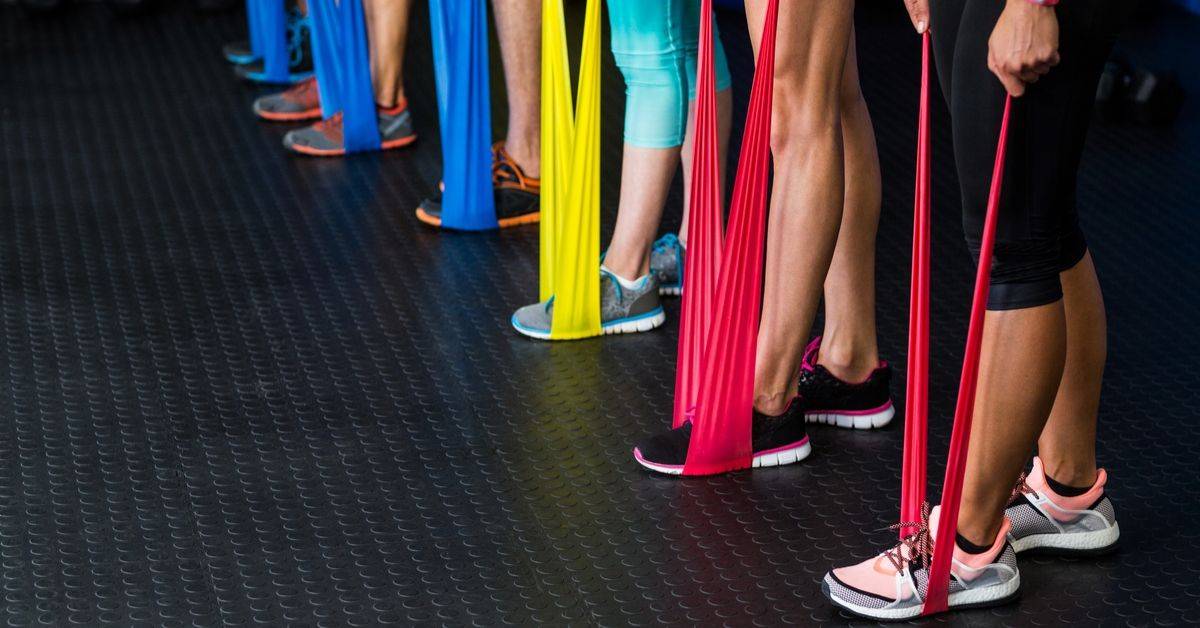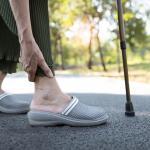
The first leaves have fallen and the colder temperatures moving in are causing you to bundle up. Cozying up in front of the television binging your favorite show has become a nightly activity. It’s easy to fall into the habit of coming home from work and sliding into bed instead of your gym shoes. What are the best exercises for fall? Everywhere you read and see, doctors and fitness experts are telling you regularly working out is key to a healthy lifestyle, but what is the right amount of exercise and why is your circulation so important?
Why It’s Important to Improve Your Circulation
Your circulatory system is made up of over 60,000 miles of blood vessels. These vessels are comprised of your veins, arteries, and capillaries. They branch out to all parts of your body to deliver blood, oxygen, and nutrients to your cells from the top of your heard to the tips of your feet. The arteries bring blood from your heart to your body and legs, while the veins carries the blood from your extremities back towards your heart. When your cells don’t get sufficient blood flow, they can’t get the oxygen and nutrients they need. Successful circulation is important to your entire body, especially your legs and feet. Poor circulation in your legs can cause harmful symptoms such as:
- Cold feet or legs: Reduced blood flow in your feet causes them to feel colder than other parts of your body.
- Swollen legs, ankles, or feet: When your veins can’t push blood upward, it can collect in your legs. This blood pooling puts extra pressure on the area, causing fluid buildup and swelling.
- Muscle cramping: Inconsistent blood flow may create muscle aches and pains.
- Numbness: Poor circulation may cause you to experience a tingling or numbing sensation in your thighs, calves, or feet.
- Changes in skin color: A lack of blood flow can change the color of the skin on your feet and legs.
- Venous ulcers: A break in the skin on your leg can become larger from increased blood pressure and take a long time to heal or may not heal at all.
- Varicose or spider veins: When blood pools in your veins due to poor circulation, it puts pressure on the veins and causes them to bulge and become more visible.
In addition, white blood cells used to fight off infections as well as platelets for clotting are transported more easily when you have good circulation. This is one reason why venous ulcers may not heal and how they can easily be infected. This is why maintaining good circulation is so important.
Learn More About Poor Circulation
How Does Exercising Improve Circulation?
When we choose to exercise, we typically focus on weight loss and muscle retention. It’s easy to forget that regular activity can improve your mood, strengthen bones, increase energy levels, improve memory, and reduce the likelihood of infection or chronic pain. We often overlook how circulatory health and exercise benefit one another; especially when you can’t see the effects of exercise on your circulatory system just as you would with weight loss or muscle gain. The improvements in our circulation aren’t as visible, but that doesn’t mean they aren’t important. Unless there is a problem like an arterial blockage or impaired blood flow that leaves feet numb or cool, we often don’t realize how vital vein health truly is.
7 Exercises to Try This Fall
In the spring and summer, it’s easy to go swimming or running outside; however, when the seasons change it can make you want to stay inside. Try these seven exercises this fall to maintain a healthy lifestyle as well as enjoy fall fun.
Apple or pumpkin picking
As the brisk weather approaches and the leaves begin to change color, the activity on everyone’s minds is apple or pumpkin picking. Kids and adults alike enjoy walking through aisles of apple trees or multicolored pumpkins looking for the perfect pick. Get your daily steps in by walking around the fields, safely lifting your apples or pumpkins, or rolling excited children around in their wagon. Make sure to do some light stretches and wear comfortable shoes. This is a great workout that takes your mind off the actual physical aspect.
In addition, you can munch on healthy apples and pumpkin seeds when you get home.
Nature walk
Find a friend or a loved one to go explore the changing colors of fall. Find a forest preserve by your house to stroll through the beautiful leaves and trails. Stretch before and then pick trails that have a good mix of uphill and downhill portions. Remember to bring a walking stick to maneuver the uneven ground and your camera to capture the view. Choose trails that have mile markers to track how far you’ve gone and to monitor your progress.
Yard work
One easy exercise for fall is yard work. You may not consider yard work to count for your daily exercise, but raking leaves, gardening, and mowing the lawn can be strenuous. Yard work forces you to use various muscle groups as you bend down, lift, and move both your upper and lower body. For example, raking leaves can exercise your back, shoulders, arms and legs, as well as improving your overall cardiovascular health by raising your heart rate at various intervals. You’d be shocked to learn that in just 30 minutes of raking, you can burn around 150 to 200 calories. Unlike other exercises in the gym, it can be easy to forget to stay hydrated, so don’t forget your water bottle.
Backyard touch football
Why not involve the entire family! Tossing the football around with your kids or friends in a game of touch football can be a great exercise. Your glutes, quadriceps and hamstrings provide the force behind many your moves during a backyard football game. Your glutes, located in your buttocks, along with your hamstrings, drive your legs back behind you, while your quadriceps, a collection of four muscles at the fronts of your thighs, extend your knees to go forward. Many people often put off exercising because they think of it as a chore. If you play games or involve loved ones, it can make working out more entertaining and engaging.
Yoga
Yoga is one of the best low-impact exercises that won’t put excess pressure on already sore legs or joints. Find beginning yoga poses that feel comfortable for you and do not involve extensive balance or twisting. Holding yoga poses promotes relaxation which lowers blood pressure and helps circulation. It also involves movement that brings more oxygen to your cells, twisting which brings fresh oxygenated blood to organs, and inversions reverse that can help blood flow from the lower body to the brain and heart. In addition, elevating legs can be incorporated into yoga poses to relieve pain and swelling.
Resistance training
Resistance training is any exercise that causes the muscles to contract against an external resistance with the expectation of increases in strength, tone, mass, or endurance. The external resistance can be dumbbells, rubber or elastic exercise bands, your own body weight, bottles of water, or any other object that causes the muscles to contract. The most common form of resistance training is body weight and elastic exercise bands. These bands come in different resistance levels so you can start off slow and get better over time. People have difficulty lifting weights, may find this to be a more applicable exercise.
With resistance bands, you can exercise isolated muscles without burdening tendons, joints and bones of an injured area during recovery. You can use resistance training (body weight or bands) to exercise either your thighs, lower legs, ankles, shoulders, back, hands, wrists, or arms.
Lunges and knee lifts
Lunges and knee lifts are great exercises that can be performed inside when the weather is too bleak or cold. You can do either of these while bingeing your favorite television show or listening to an enthralling podcast. Build up each day by starting with 5 to 10 reps and then increasing each day as you feel comfortable. Knee lifts can help ease sore muscles and be a good stretch before going for a walk or run.
How Often Should I Exercise?
It is recommended to exercise between three to five hours per week. You can space it out during the week to give yourself days where you plan lighter, less involved workouts. At the minimum, you should make sure to walk at least 15-30 minutes per day. As we mentioned above, these exercises do not have to be in the gym or while following a workout plan, you can include daily activities that involve using multiple parts of your body.
If you are over the age of 65, it is recommended to get at least 2.5 hours of moderate exercise every week. It is important to mix light and more strenuous activities for various parts of your body. For example, swim one day, jog another, and lift light weights later on. These will aid in the prevention of overusing certain muscle groups, build new muscles, and reduce workout boredom.
Can exercising prevent vein disease?
Although exercising can help improve symptoms of vein disease, recurrence, and severity. Many other genetic and lifestyle factors such as family history, age, and gender play major roles in the development of vein disease. Regular exercise improves circulation which strengthens vessels, which can help lower your risk of damaged vein valves.
After vein treatment, your doctor will recommend daily exercise involving low-impact activities that do not stress your veins. This will help promote proper healing, without causing pain or discomfort.
How can you treat vein disease?
Vein treatments like Endovenous Laser Treatment (EVLT), Ultrasound-Guided Sclerotherapy (USGS), and Varithena work to close the diseased veins. Once the malfunctioning veins are successfully closed, blood is naturally rerouted to other, healthy veins. Blood flow through these new veins resumes instantly. Eventually, the closed vein that is no longer being used is absorbed by the body.
Unlike in the past, veins are rarely ever removed and instead treated with either laser energy or foam treatment. These different ways to seal the vein depends on your individual situation. The doctor will examine your legs and designs a personalized treatment plan that fits your unique needs.
At USA Vein Clinics, we have close to 80 vein clinics nationwide. Our expansive network allows us to help thousands of patients every day live without painful vein disease symptoms. We offer office-based treatments that take 15 minutes from start to finish. Unlike other clinics, our vascular doctors specialize in treating all kinds of venous conditions within the lower extremities. It’s important to get treatment before your vein disease progresses. Schedule an initial appointment with us and let’s get you back to a healthier, more active life today.
Related Articles
Does Weightlifting or Running Cause Varicose Veins?
9 Sneaky Ways to Incorporate Movement In Your Daily Life
